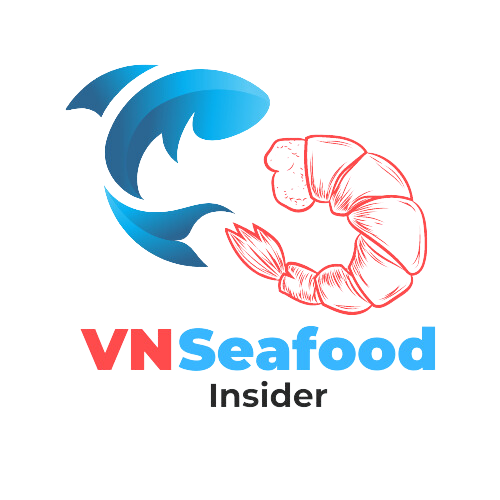Picture this: You’ve just secured a massive shrimp import deal, everything’s looking profitable, and then boom – disease outbreaks wipe out entire farms in a matter of days. Sound like a nightmare? For many seafood importers, it’s become an all-too-real scenario. At VNSeafoodInsider, we’ve seen how Vannamei shrimp diseases can turn promising ventures into costly disasters overnight.
The global shrimp industry faces constant threats from various pathogens, but two diseases stand out as absolute game-changers: White Spot Syndrome Virus (WSSV) and Acute Hepatopancreatic Necrosis Disease (AHPND). Understanding these diseases isn’t just academic – it’s essential for protecting your business and ensuring consistent supply chains.
Outline
ToggleWhy Vannamei Shrimp Diseases Matter to Seafood Importers
Economic Impact and Supply Chain Risks
When we talk about shrimp aquaculture diseases, we’re not just discussing farm-level problems – we’re talking about seismic shifts in global markets. The economic ripple effects are staggering. WSSV alone has caused billions in losses worldwide, while AHPND has devastated production in Southeast Asia since 2009.
Think of it like dominoes falling. One major outbreak in a key production region can trigger price spikes, supply shortages, and force you to scramble for alternative sources. The Vietnamese shrimp industry, for instance, has experienced production drops of up to 30% during severe Vannamei shrimp diseases outbreaks.
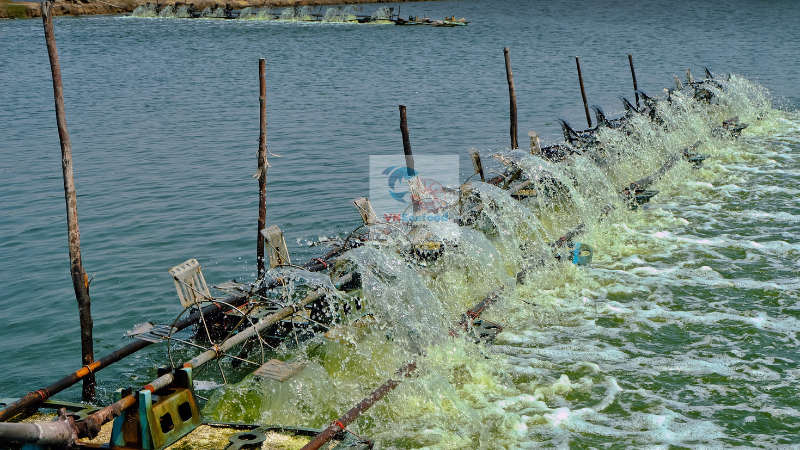
Disease Outbreaks and Market Volatility
Market volatility isn’t just numbers on a spreadsheet – it’s sleepless nights wondering if your contracted volumes will actually materialize. Disease outbreaks create unpredictable market conditions that can catch even experienced importers off guard.
The rainy season brings particular challenges. Higher humidity and changing water conditions create perfect storms for disease proliferation. Smart importers track weather patterns in key production areas, knowing that monsoon seasons often correlate with increased disease pressure and potential supply disruptions.
White Spot Syndrome Virus (WSSV): The Most Critical Vannamei Shrimp Disease
WSSV Impact and Rainy Season Outbreaks
WSSV is the heavyweight champion of shrimp viral diseases – and not in a good way. This virus can kill entire pond populations within 3-10 days, making it every farmer’s worst nightmare and every importer’s biggest risk factor.
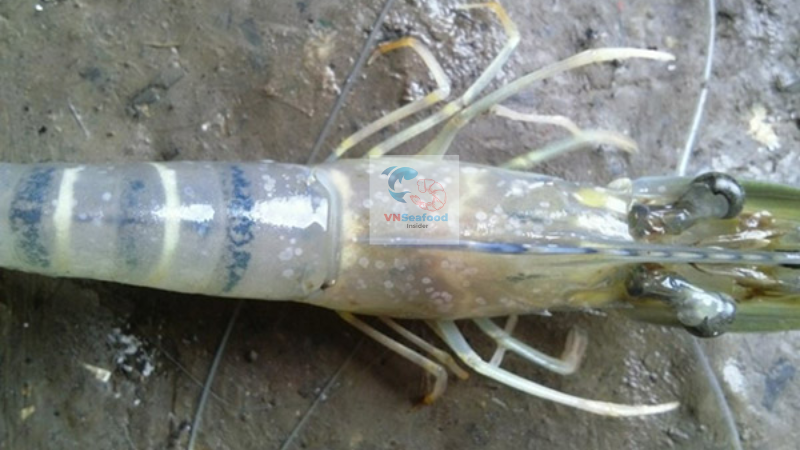
The rainy season amplifies WSSV’s destructive potential exponentially. Increased water exchange, stress from environmental changes, and compromised biosecurity create ideal conditions for viral transmission. Vietnamese shrimp farmers know this pattern well – July through November often brings the highest WSSV infection rates.
What makes WSSV particularly devastating is its rapid spread. The virus transmits through water, infected animals, and contaminated equipment. Once it enters a farm, containment becomes nearly impossible without strict quarantine protocols.
No Treatment Available – Prevention is Key
Here’s the harsh reality: there’s no cure for WSSV. Zero. Nada. When this virus strikes, farmers can only watch helplessly as their investment literally dies before their eyes.
This absence of treatment makes prevention absolutely critical. Successful farms invest heavily in biosecurity measures, regular health monitoring, and stress reduction protocols. As an importer, you need to verify that your suppliers implement robust WSSV prevention strategies.
Advanced sustainable shrimp farms are adopting recirculating aquaculture systems (RAS) and indoor farming technologies to minimize environmental stressors and disease exposure. These investments signal serious commitment to disease prevention – exactly what you want to see in potential suppliers.
AHPND Shrimp Disease: Early Mortality Syndrome Explained
AHPND Symptoms and Economic Impact
Acute Hepatopancreatic Necrosis Disease might sound like a mouthful, but its impact is devastatingly simple: mass mortality in juvenile shrimp. This bacterial disease typically strikes within the first 30 days of pond stocking, earning it the nickname “Early Mortality Syndrome.”
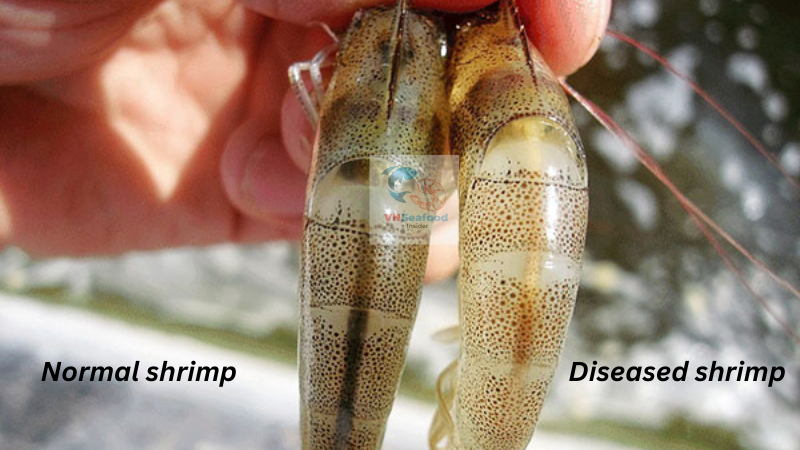
AHPND symptoms include empty guts, pale hepatopancreas, and distinctive tissue necrosis. The economic impact hits farms particularly hard because losses occur after significant investment in post-larvae but before any harvest revenue. It’s like watching money dissolve in pond water.
Since emerging in China in 2009, AHPND has spread across major shrimp-producing regions, causing estimated losses exceeding $1 billion annually. The disease has forced fundamental changes in farming practices and supply chain management.
Supply Chain Implications for Importers
AHPND creates unique challenges for importers because it affects production planning and contract reliability. When farms experience early mortality, they often need to restock ponds, delaying harvests by 2-3 months. This timing disruption can cascade through your entire supply schedule.
The unpredictable nature of AHPND shrimp disease makes capacity planning extremely difficult. Even experienced farmers struggle to predict which cycles might be affected, making it crucial to maintain diversified supplier networks and flexible sourcing strategies.
Other Major Shrimp Aquaculture Diseases Affecting Quality
Beyond the “big two,” several other diseases significantly impact Vannamei shrimp diseases management and product quality. White Feces Disease (WFD) causes chronic growth retardation and poor feed conversion, resulting in smaller, less profitable shrimp.
IHHNV (Infectious Hypodermal and Hematopoietic Necrosis Virus) creates deformities and reduces growth rates, while Taura Syndrome Virus affects shell hardening and overall quality. Black Spot Disease, though less lethal, creates aesthetic issues that can affect marketability.
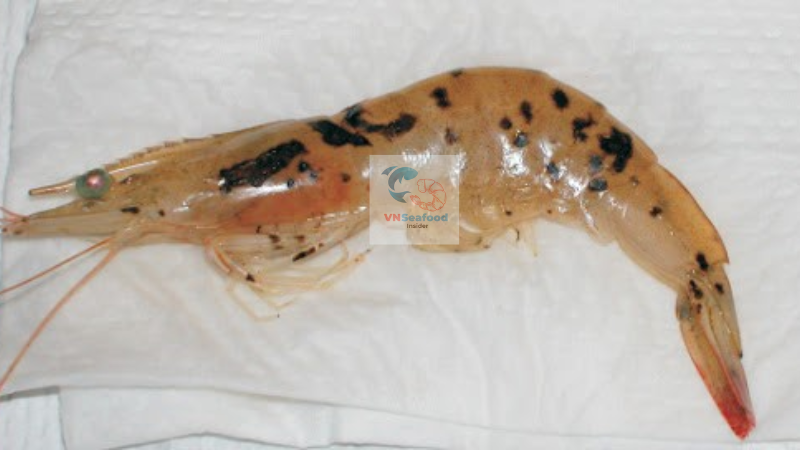
These diseases often occur in combinations, creating complex management challenges for farmers and quality concerns for importers. Understanding their symptoms and economic impacts helps you make informed sourcing decisions and set realistic quality expectations.
See more: Global Shrimp Market Trends 2025
Risk Management Strategies for Vannamei Shrimp Diseases
Identifying Reliable Suppliers
Finding suppliers who consistently manage Vannamei shrimp diseases effectively requires detective work. Look for farms with documented disease management protocols, regular health monitoring programs, and transparent reporting systems.
Visit potential suppliers during different seasons, especially during high-risk periods. Observe their biosecurity practices, staff training programs, and equipment maintenance standards. The best suppliers treat disease prevention as a core business function, not an afterthought.
Check their track records during recent disease outbreaks. How quickly did they recover? What changes did they implement? Suppliers who learn from setbacks and continuously improve their protocols demonstrate the resilience you need in long-term partnerships.
Quality Certification and Testing Requirements
Establish clear testing protocols for shrimp aquaculture diseases before accepting shipments. PCR testing can detect viral pathogens even in apparently healthy shrimp, providing early warning of potential issues.
Work with shrimp processing company in Vietnam who maintain internationally recognized certifications like BAP, ASC, or equivalent standards. These certifications require documented disease management systems and regular third-party audits.
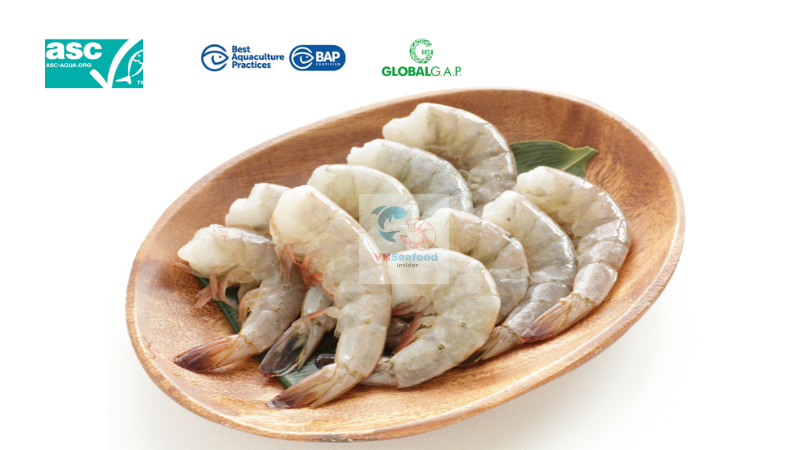
Implement incoming quality control procedures that include health screenings. While you can’t prevent all disease-related issues, consistent testing helps identify problems before they reach your customers.
See more: How to Source High Quality Shrimp from Vietnamese Shrimp Suppliers
Conclusion: Protecting Your Import Business from Shrimp Disease Risks
Vannamei shrimp diseases represent one of the most significant risks in seafood importing, but they’re manageable with proper knowledge and planning. The key lies in understanding that disease management isn’t just a farming issue – it’s a supply chain issue that directly impacts your business success.
Success in shrimp importing requires building relationships with suppliers who prioritize disease prevention, maintaining diversified sourcing strategies, and implementing robust quality control systems. The farms that survive and thrive are those that treat WSSV prevention and AHPND management as core business functions.
At VNSeafoodInsider, we’ve learned that the most successful importers don’t just buy shrimp – they partner with suppliers who share their commitment to quality and sustainability. By understanding the disease landscape and working proactively to mitigate risks, you can build a resilient import business that weathers the inevitable storms in shrimp aquaculture.
Remember: in the shrimp business, knowledge isn’t just power – it’s profit protection.
